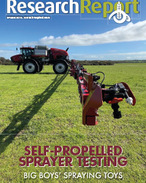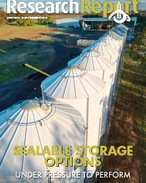This article is 9 years old. Images might not display.
While meat colour has not been part of the MSA grading model, it has been a minimum eligibility requirement under the MSA program, with meat required to fall within AUS-MEAT colours 1B to 3.
However, the importance of pH in eating quality was reaffirmed and the current pH requirements of MSA will remain in place, with MSA eligible carcases needing to be less than pH of 5.71.
As well as confirming that meat colour has no impact on eating quality, the extensive research project also investigated consumer attitudes to meat colour.
It revealed that consumers did not discriminate between meat colours 2, 3, 4 and 5 at retail, regardless of packaging type, and where pH was an acceptable level.
MLA General Manager – Producer Consultation and Adoption Michael Crowley said meat colour had been part of the MSA eligibility requirements in line with industry standards.
While the standards had previously enforced the understanding of consumer acceptance of colour, the new scientific evidence justified its removal.
“This is about using the latest scientific evidence to drive change and continual improvement in the MSA Eating Quality Program,” Crowley said.
“The trial clearly showed that there is no relationship between meat colour at grading, and consumer eating quality.
“The science has proven that regardless of packaging type, consumer acceptance at retail is not impacted – provided pH is below 5.71.”
Crowley said the removal will mostly impact those carcases that pass pH specifications, but currently fail the meat colour requirements – currently representing approximately 1% of all MSA graded cattle.























